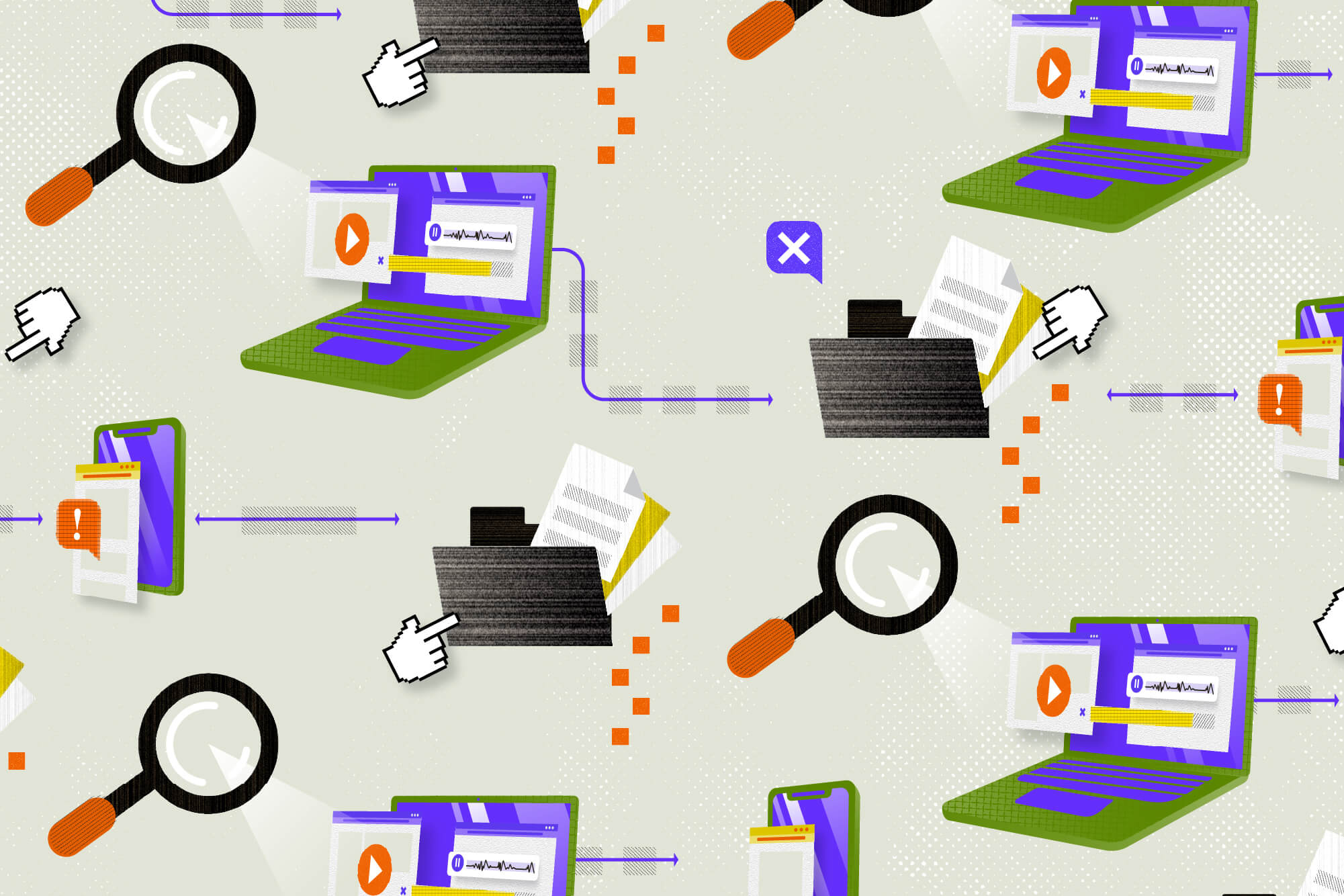So, you’ve spent hours and hours planning and developing an accessible website; how do you know if you got it right? You test, test, and then test some more.
Accessibility testing can help you determine how well your website can be used by people with a range of disabilities, like visual, auditory, or cognitive impairments (to name a few). If it sounds daunting, don’t worry-we’ve identified a range of tools and techniques to help you audit your website(s) to ensure they’re as accessible as possible.
Keep reading to learn more about important guidelines, testing approaches, and how you can overcome common testing issues with ease.
Accessibility Testing
Step 1: What on Earth Is WCAG?
Web Content Accessibility Guidelines (WCAG for short) are a comprehensive set of standards that define the creation of accessible web content. WCAG is organized around four accessibility principles: perceivable, operable, understandable, and robust. Each principle has specific guidelines, success criteria, and techniques for achieving those criteria. Adhering to these guidelines will improve your accessibility strategy, especially as it relates to developing equitable online spaces.
While you’re familiarizing yourself with the full list, check out this quick reference guide for meeting WCAG 2.1 requirements.
Step 2: Expand Your Toolkit
There are several automated accessibility testing tools that scan websites and provide detailed reports of accessibility issues. WAVE, SortSite, Siteimprove, and Lighthouse are some of the most popular options.
These tools are an easy and fast way to identify potential accessibility issues, like missing alternative text for images or insufficient color contrast, so you can prioritize which issues to address first.
Step 3: Get Out the Magnifying Glass
While automated testing tools can identify most issues, manual testing is still essential to ensure that your website is truly accessible. Manual testing involves the use of assistive technologies, like screen readers, magnifiers, and voice recognition software to verify that a website works for users with disabilities.
Manual testing can identify issues that automated tools may miss, such as confusing navigation or non-descriptive link text.
Common Testing Issues
With certain tools, you’ll run up against false positives or miss other accessibility issues altogether. Here are some common issues you may run up against while using automated testing tools and how you can overcome them:
1: Lack of Alternative Text for Decorative Images
Automated testing tools often flag decorative images, like website backgrounds or imagery used for texture, as images that lack alternative text. Since these images don’t convey any information to users, regardless of ability, no alternative text is necessary. As a workaround, we recommend you add empty alternative text to decorative images.
2: Color Contrast Issues
Automated testing tools can flag color contrast issues, like insufficient contrast between text and background colors. However, these tools aren’t perfect and might misjudge whether the contrast between two colors is sufficient. Here’s your fix: Testers should use tools specifically engineered to measure contrast to ensure compliance. We recommend Contrast Checker or Color Safe.
3: Complex Accessibility Issues
Automated testing tools may miss complex accessibility issues, like navigation or workflow challenges. These issues require manual testing and evaluation to identify and repair. This is a great opportunity for testers to conduct manual testing, in addition to using automated tools, so they can ensure that your website is fully accessible. Revisit step 3 in the above section for more about manual testing.
4: False Positives and Negatives
Automated testing tools may flag accessibility issues that aren’t actual issues. As an example, some tools may flag the use of abbreviations, even if they’re explained elsewhere on the webpage. Testers should review each flagged issue and determine whether it’s a true accessibility issue or just a false positive. If it’s a false positive, testers should ignore it or mark it as “not an issue” in the testing report.
There you have it. We know it may seem like a demanding task, but we know from experience just how important it is to consider accessibility as you build websites. To put it simply, it just means your site works for more people. What could be better than that?
Dive Into Mission’s Accessibility Blog Series
There’s a lot to developing experiences that consider any and every user. To help round out your accessibility strategy (beyond the web), we’ve created a blog series with actionable tips and resources. Check out prior entries below, and come back later for even more useful accessibility tips.
